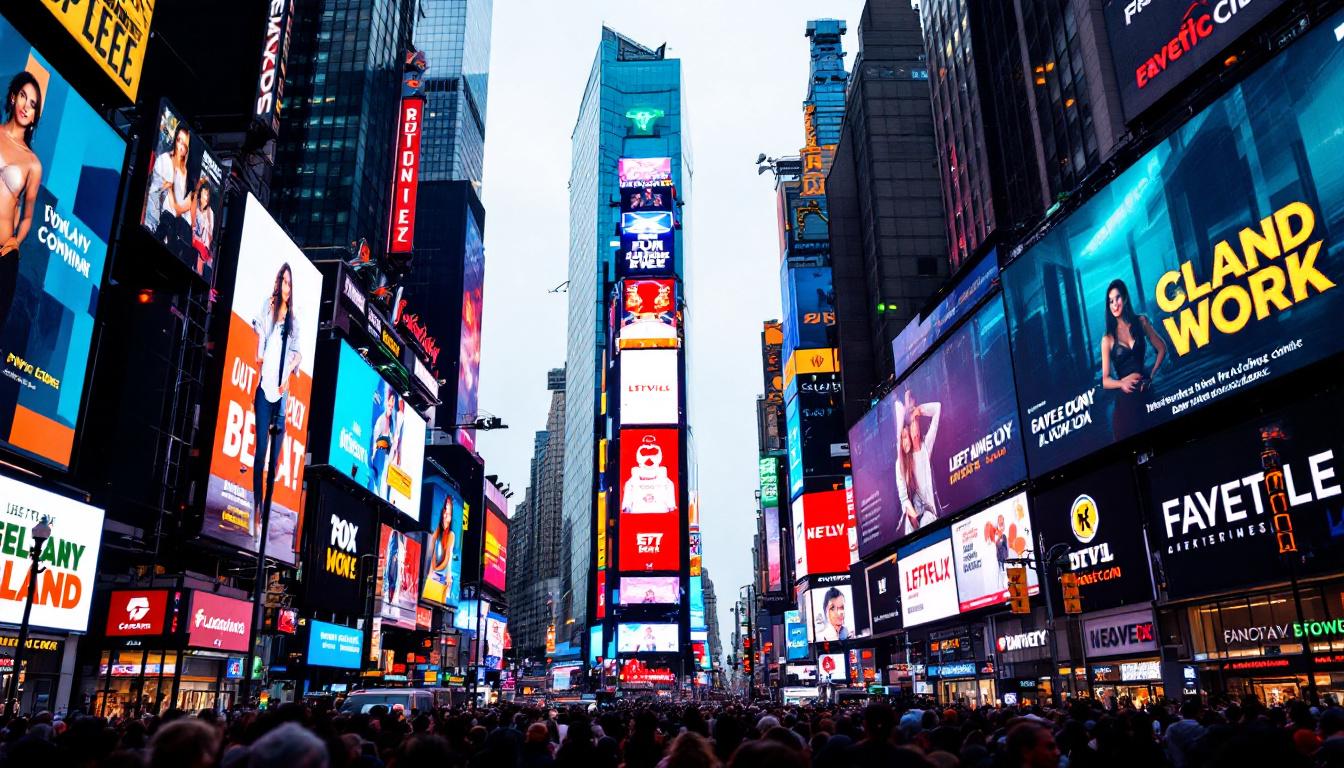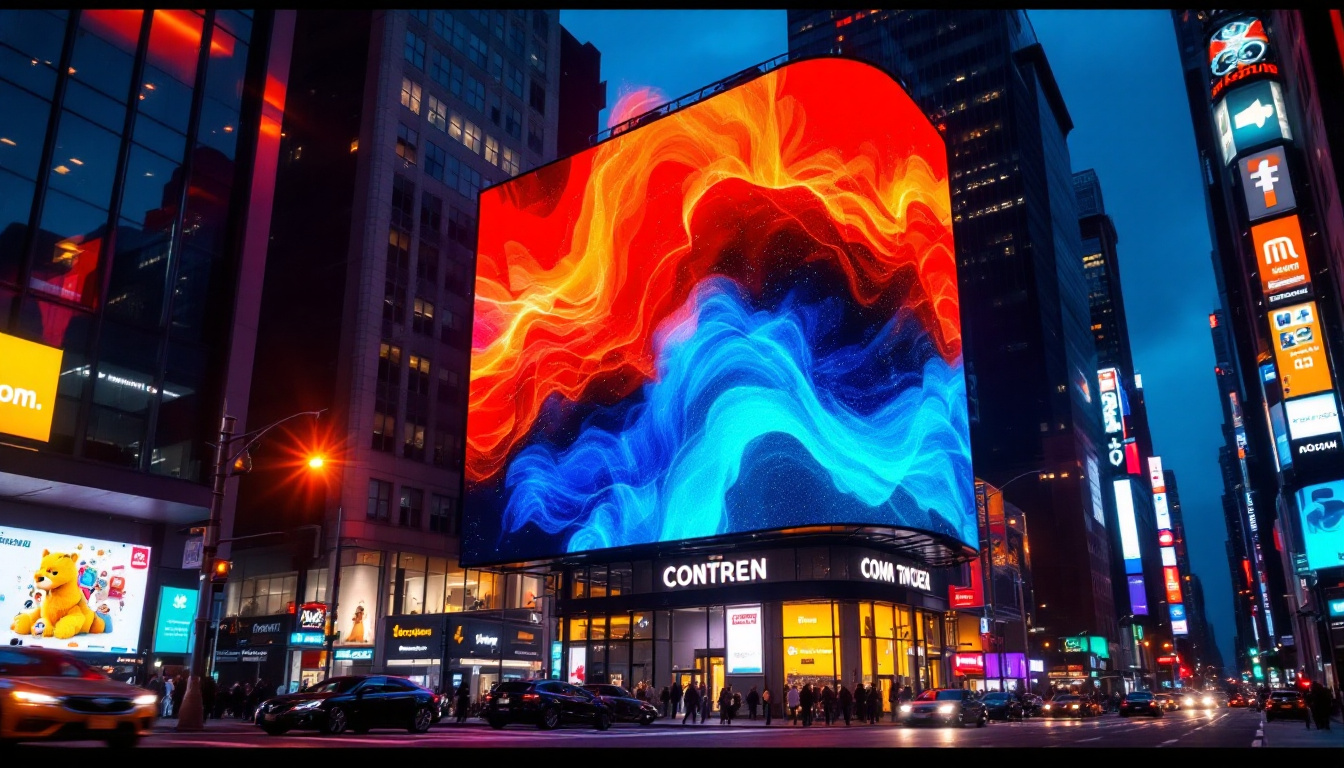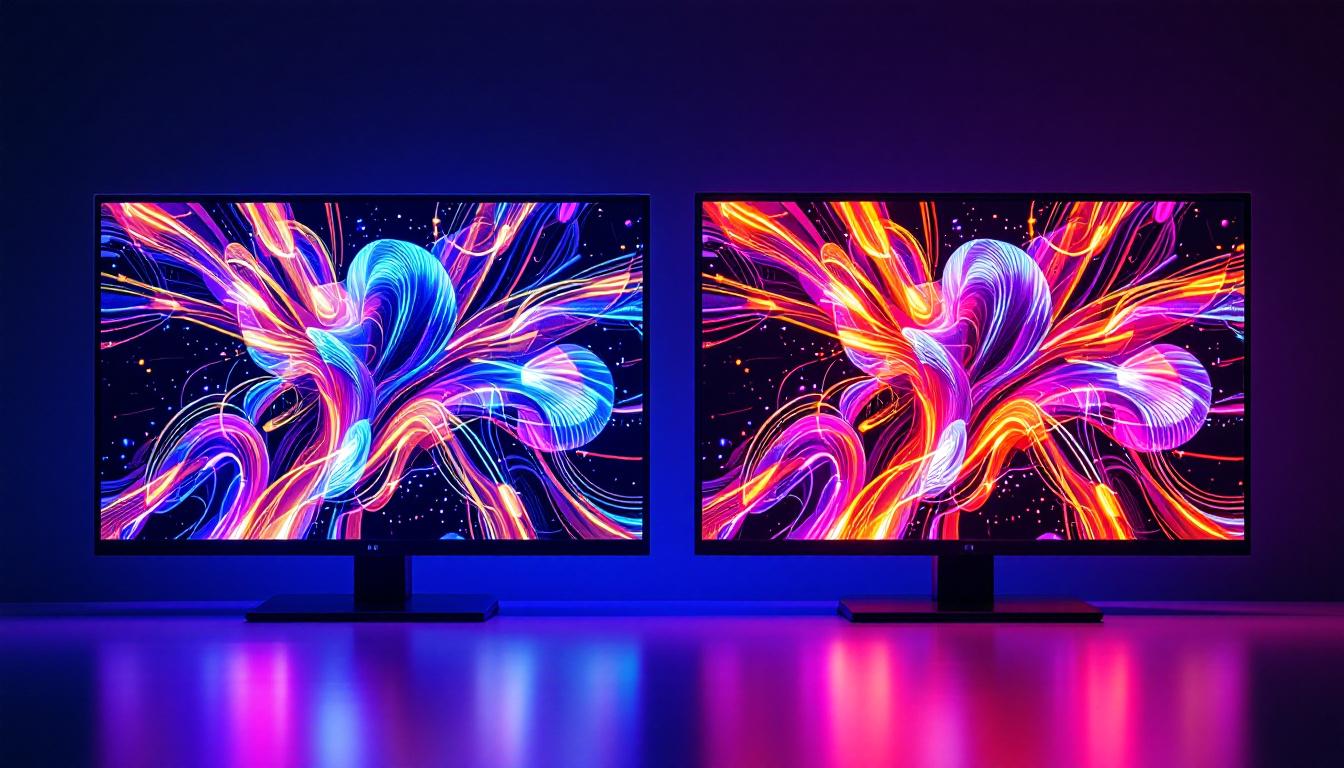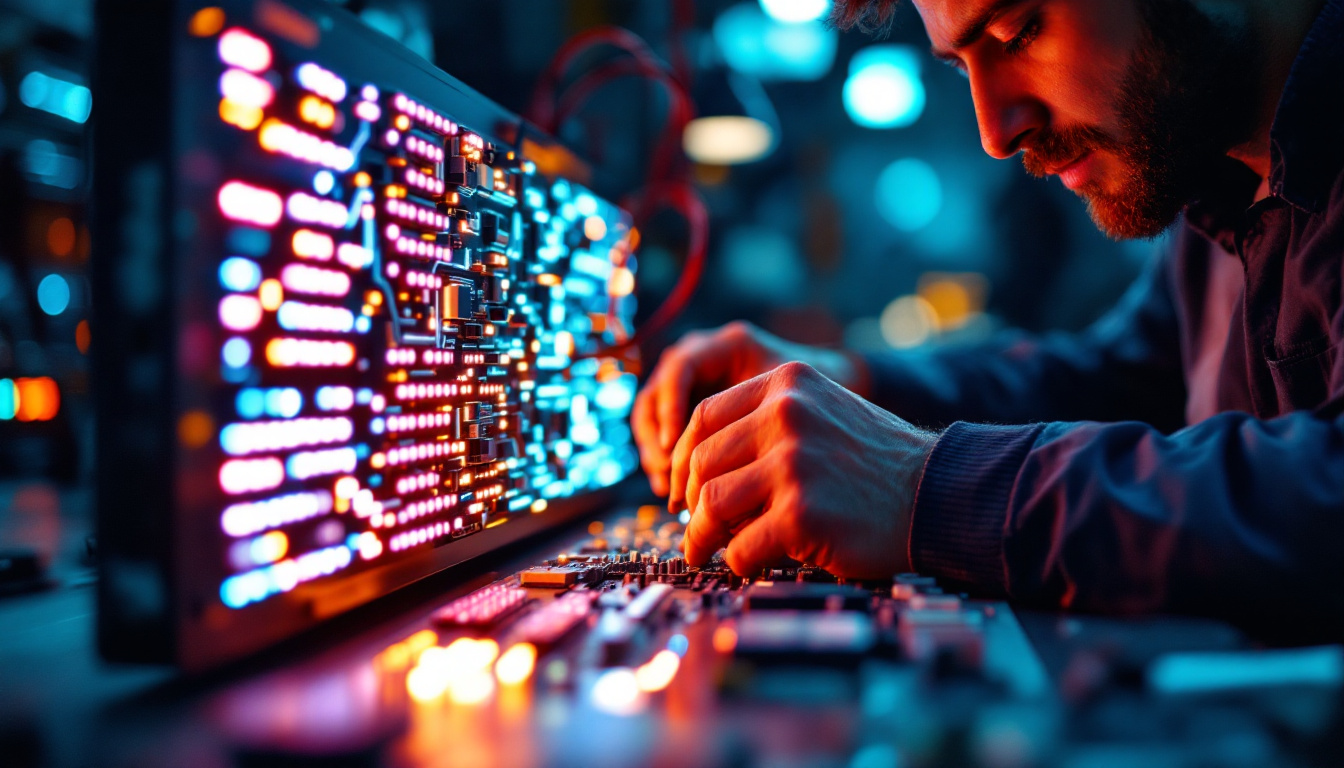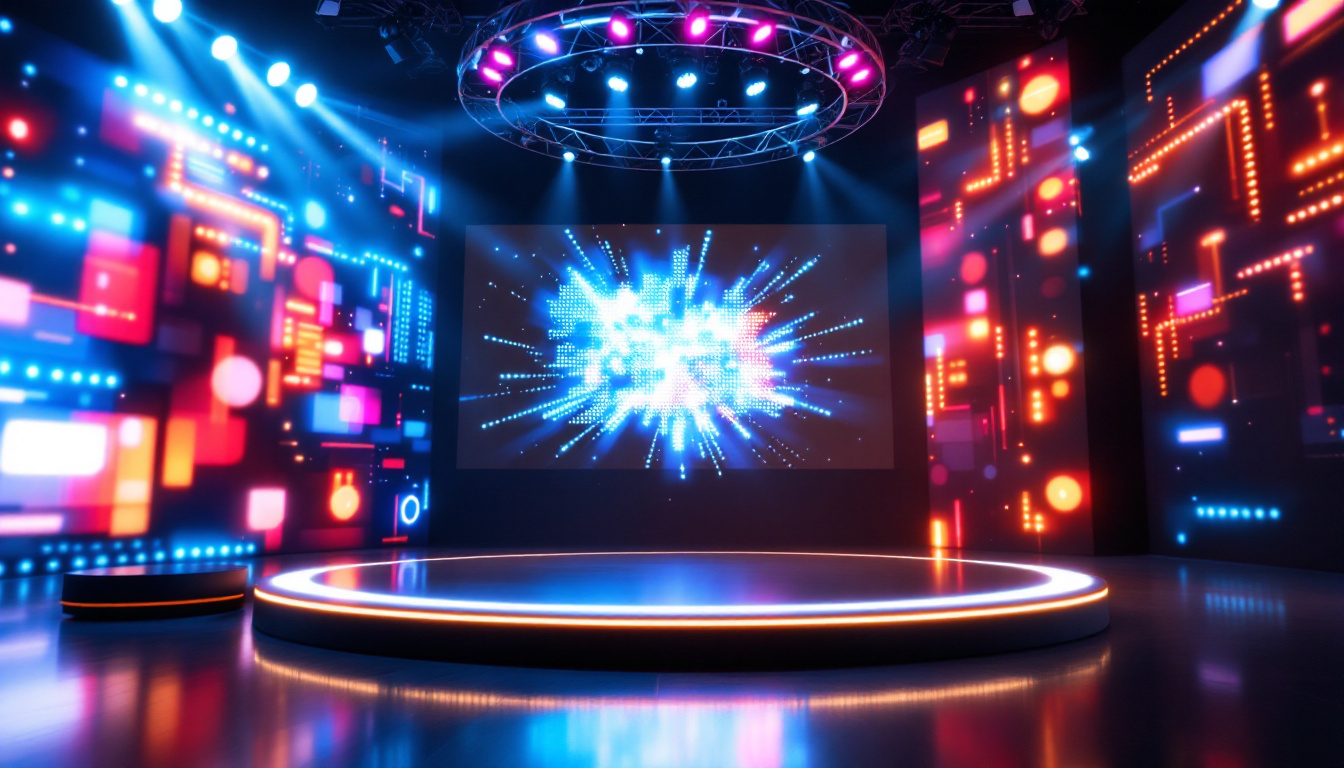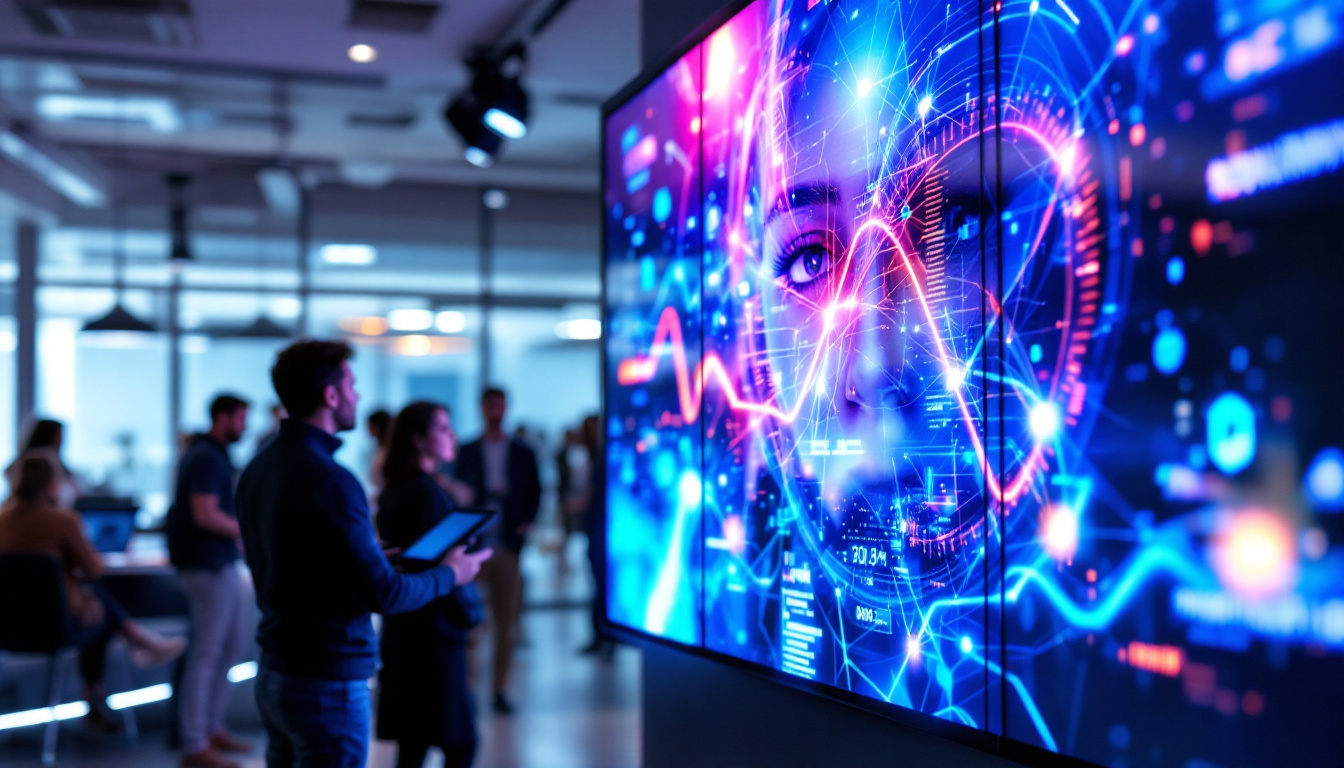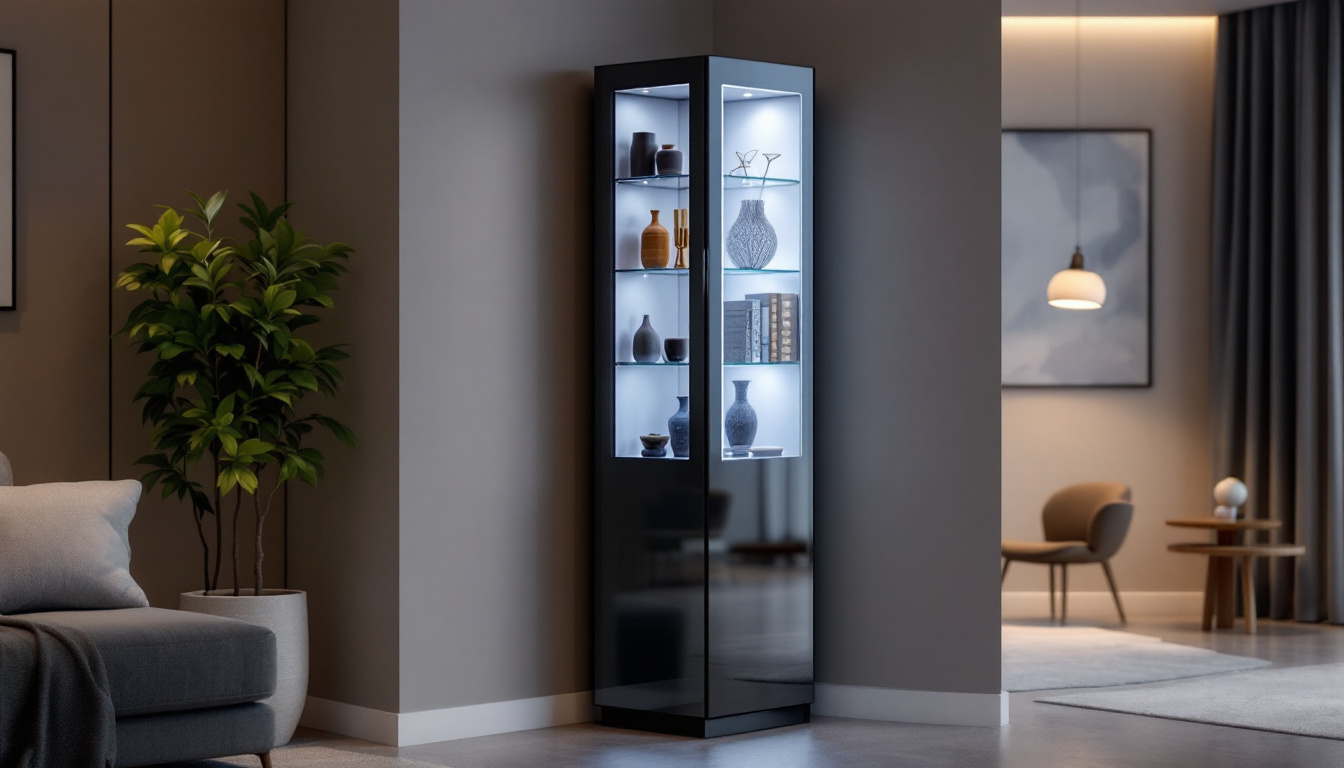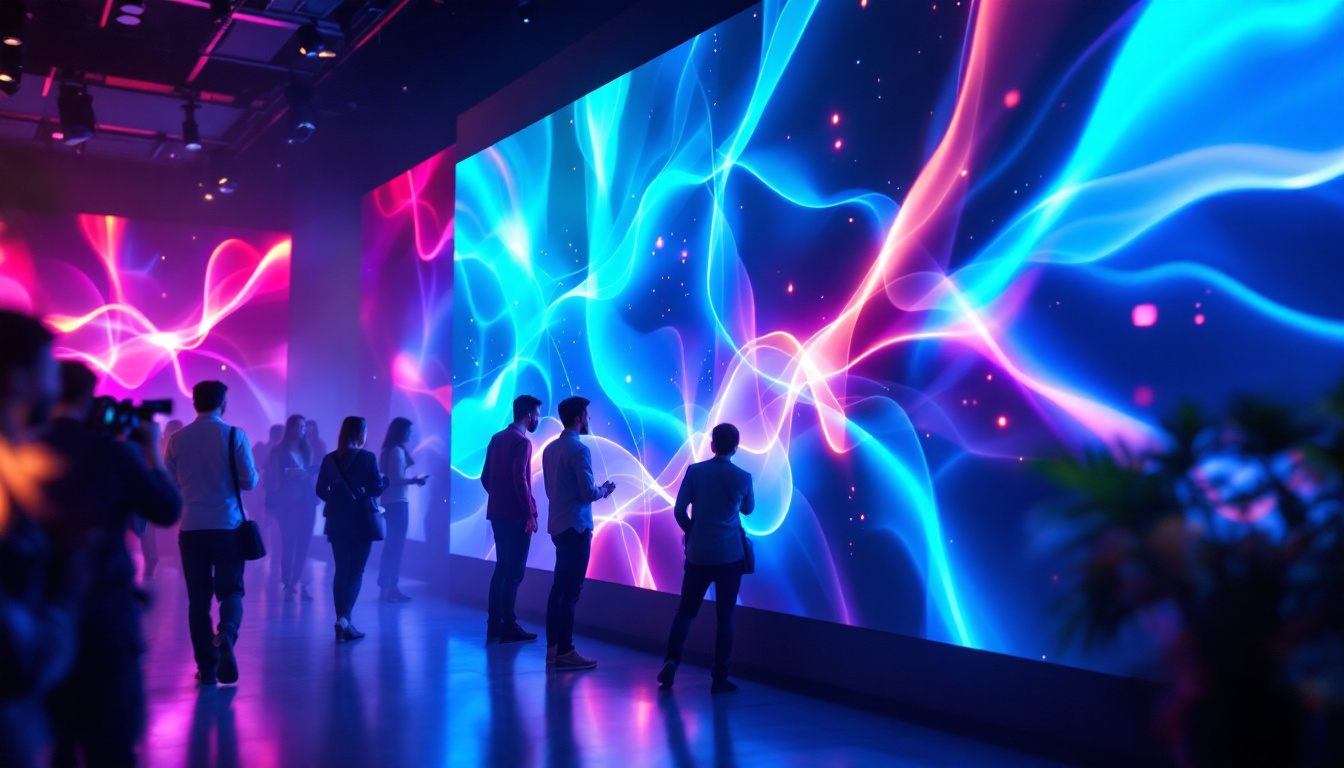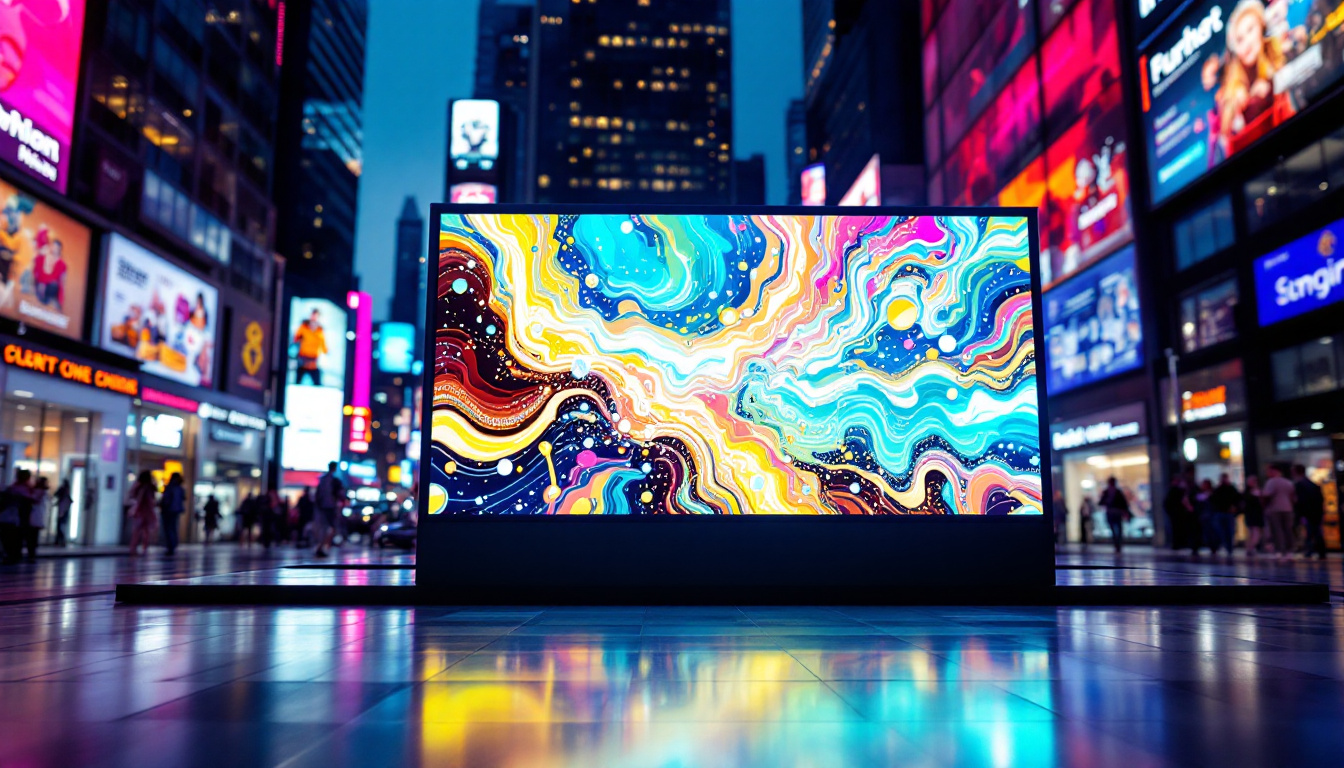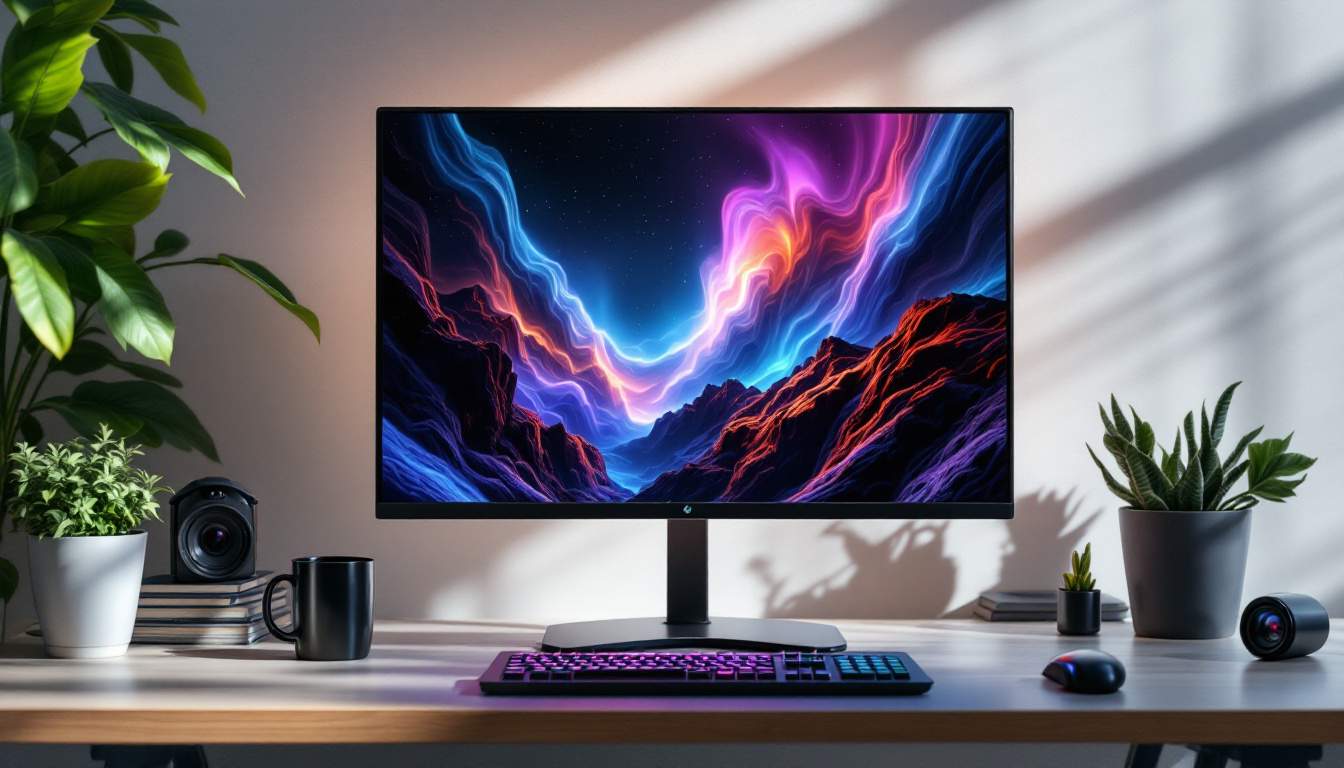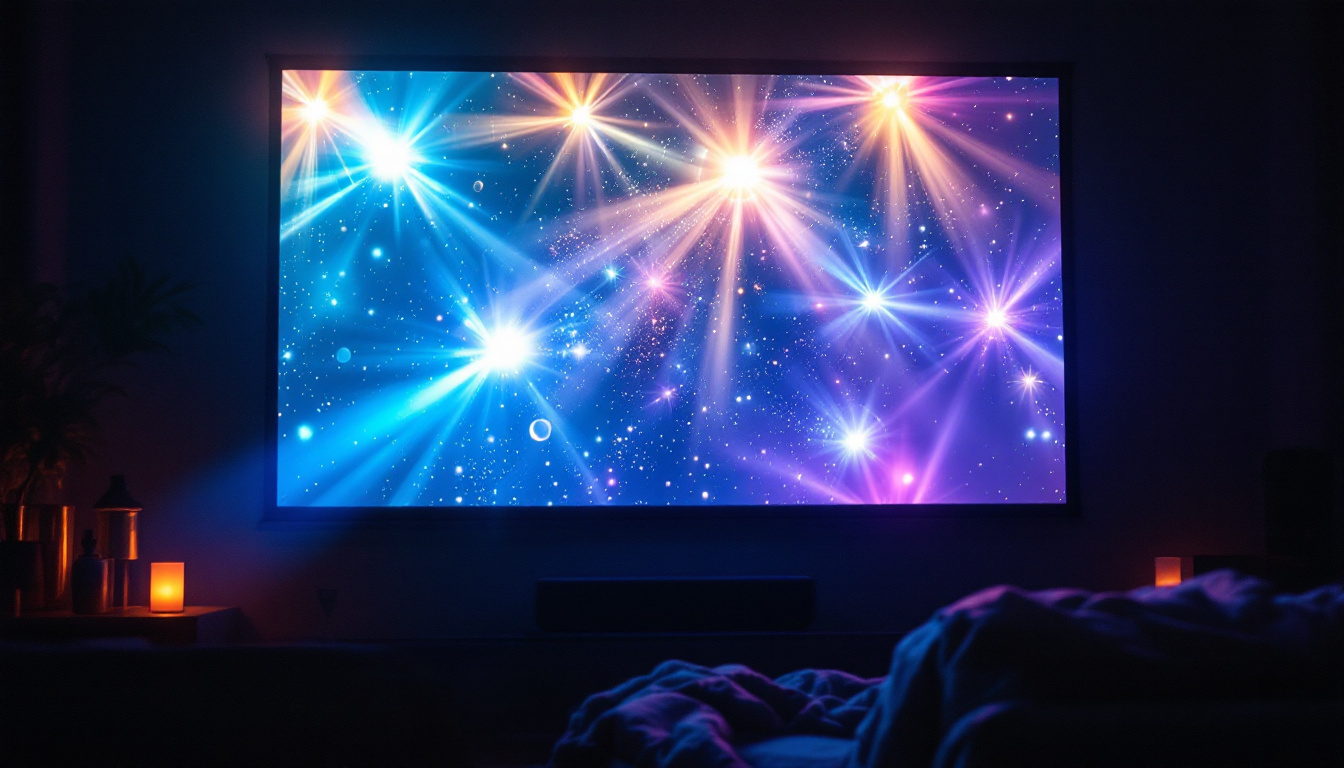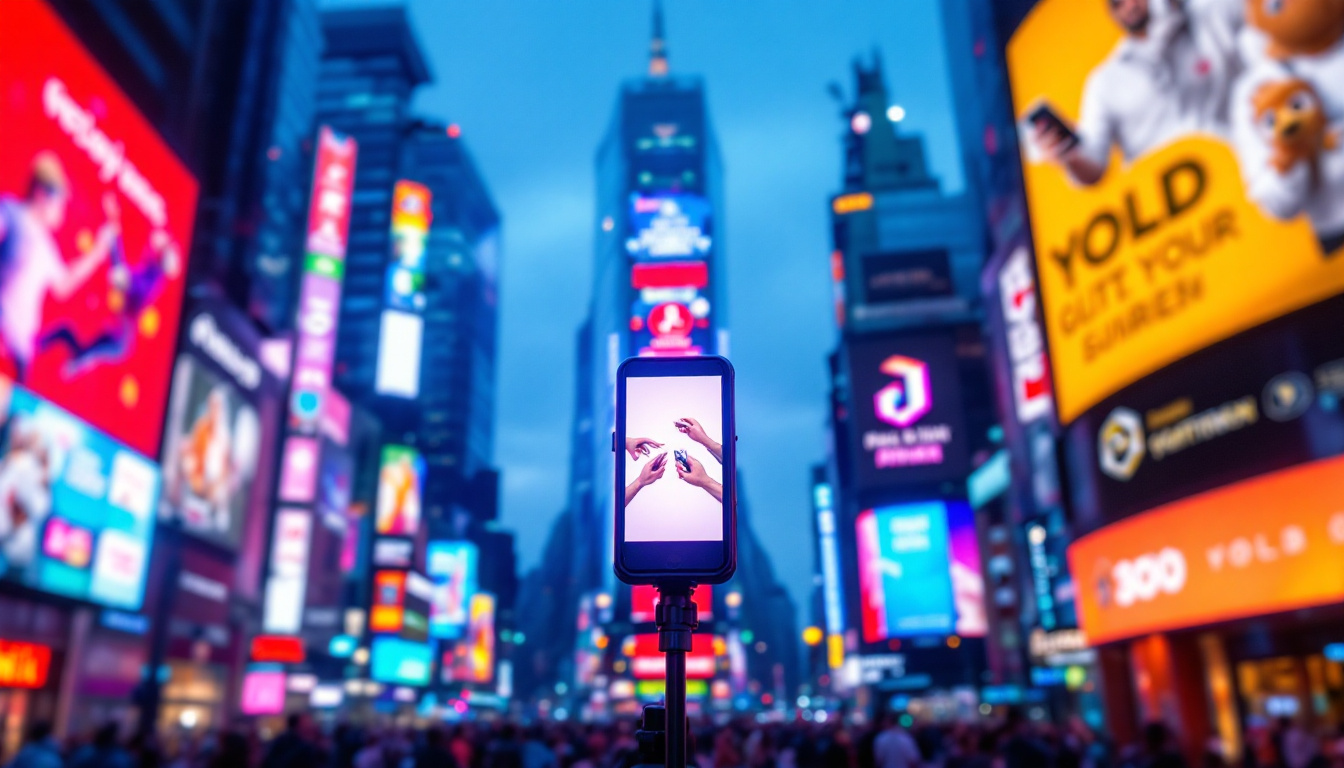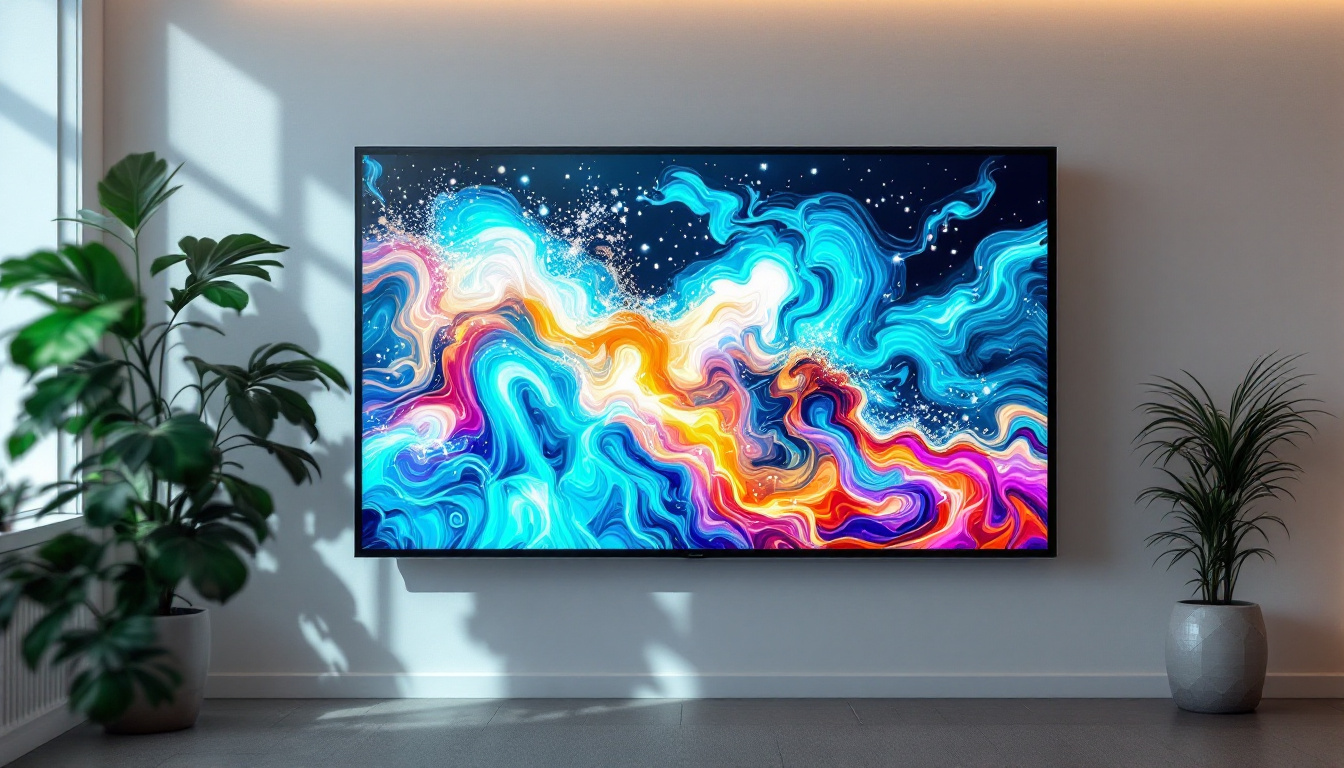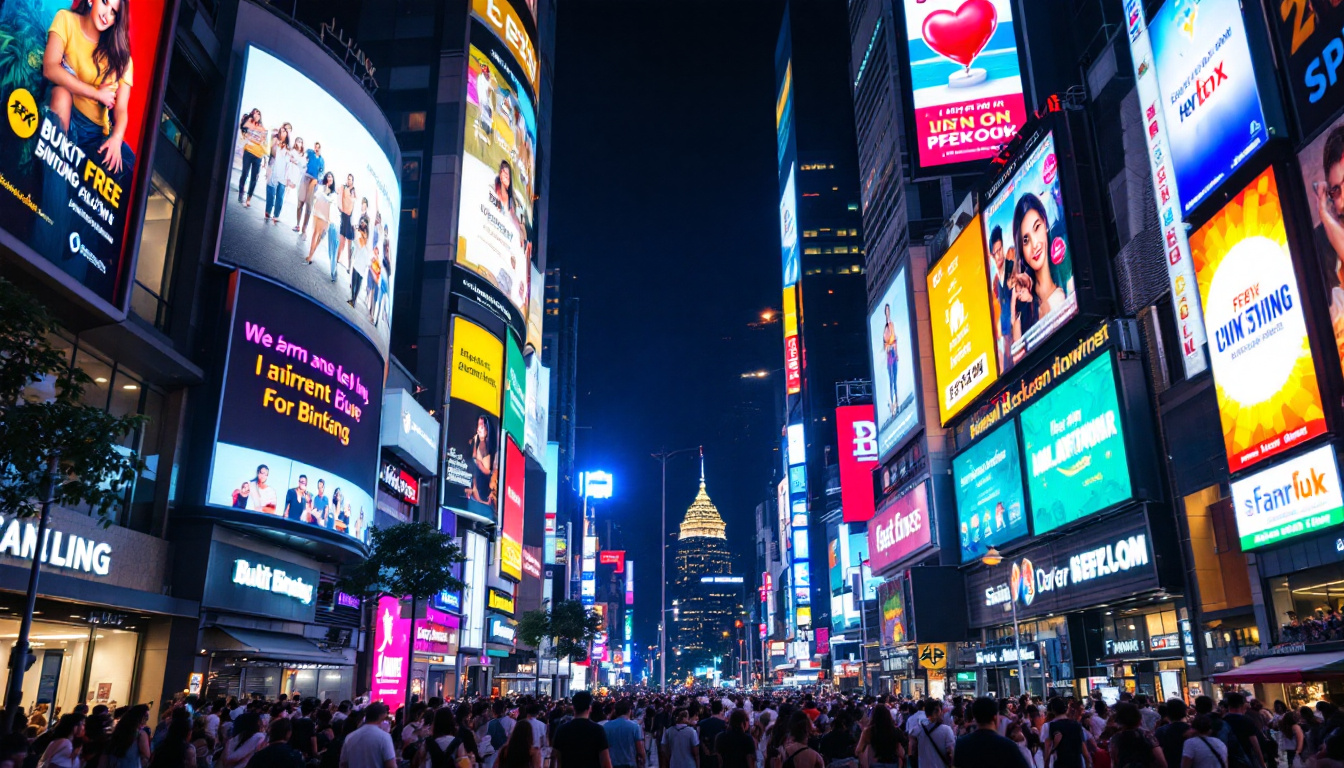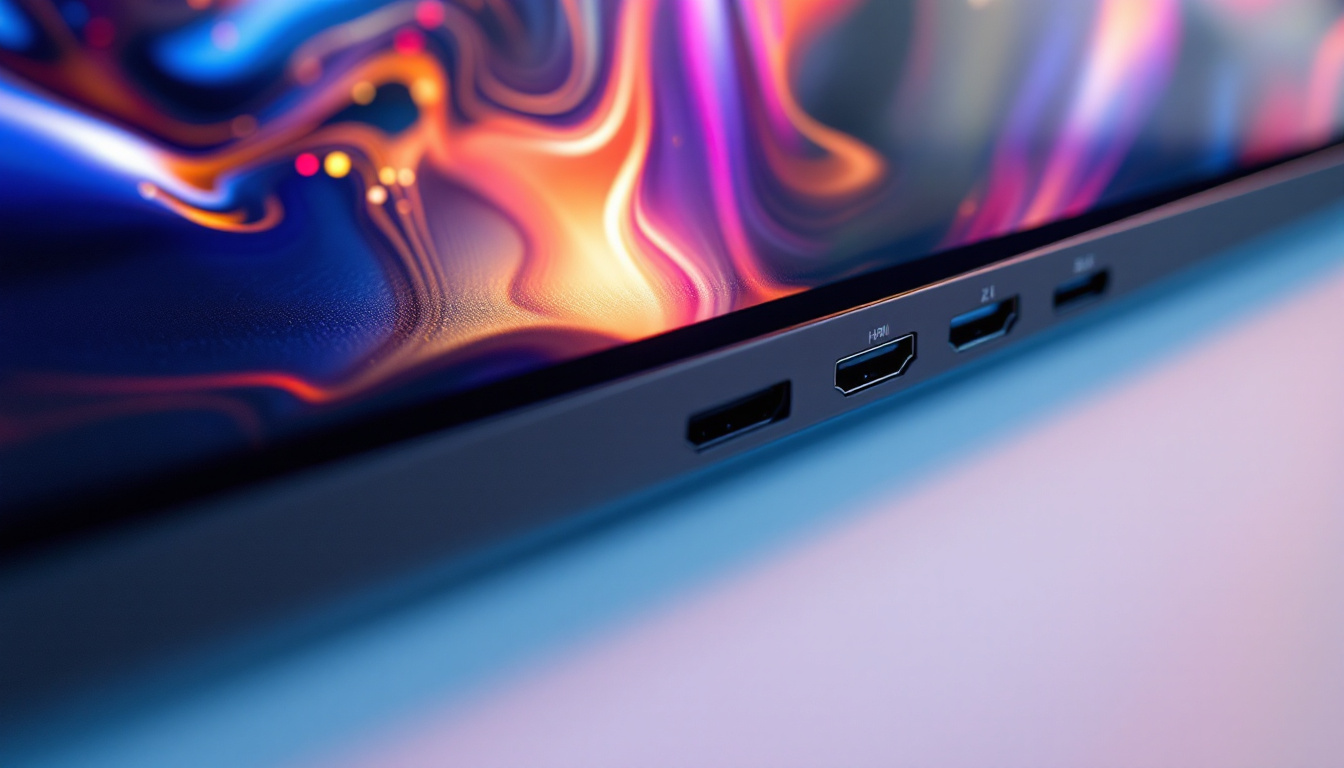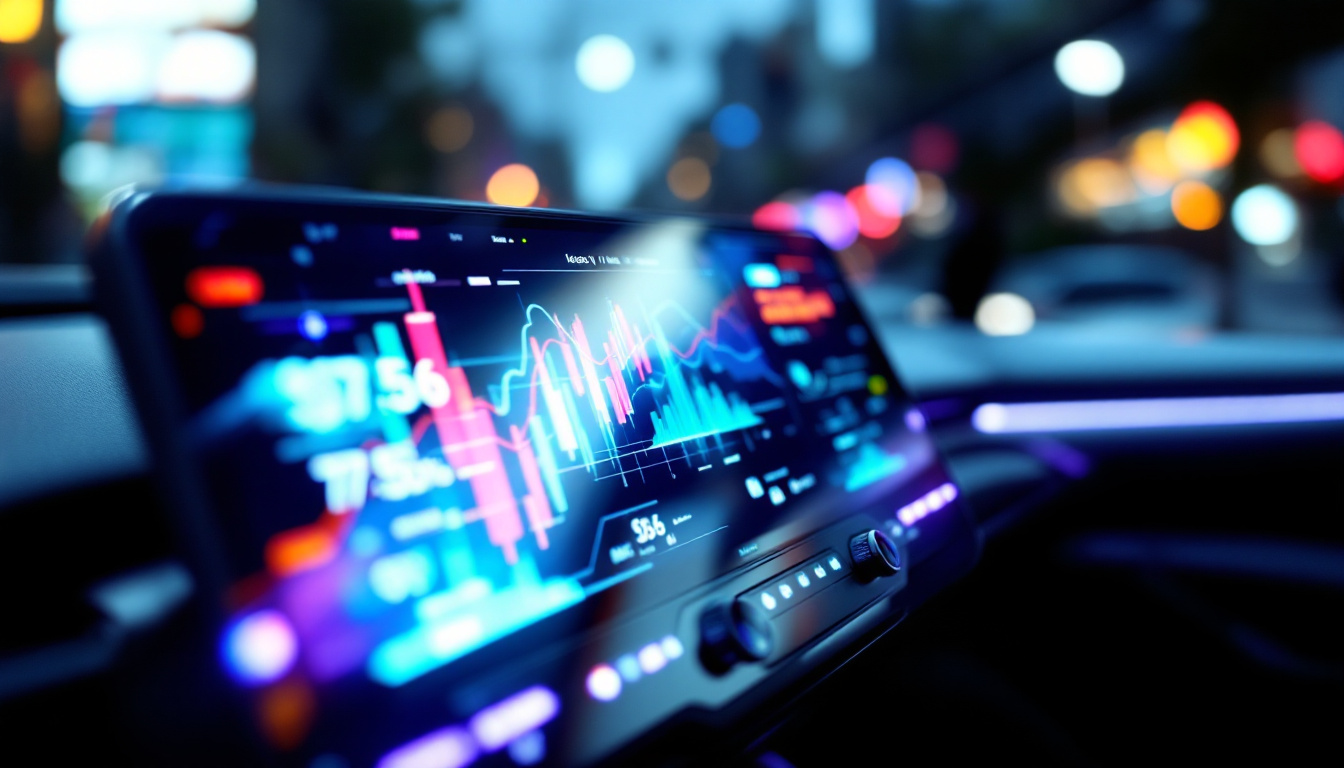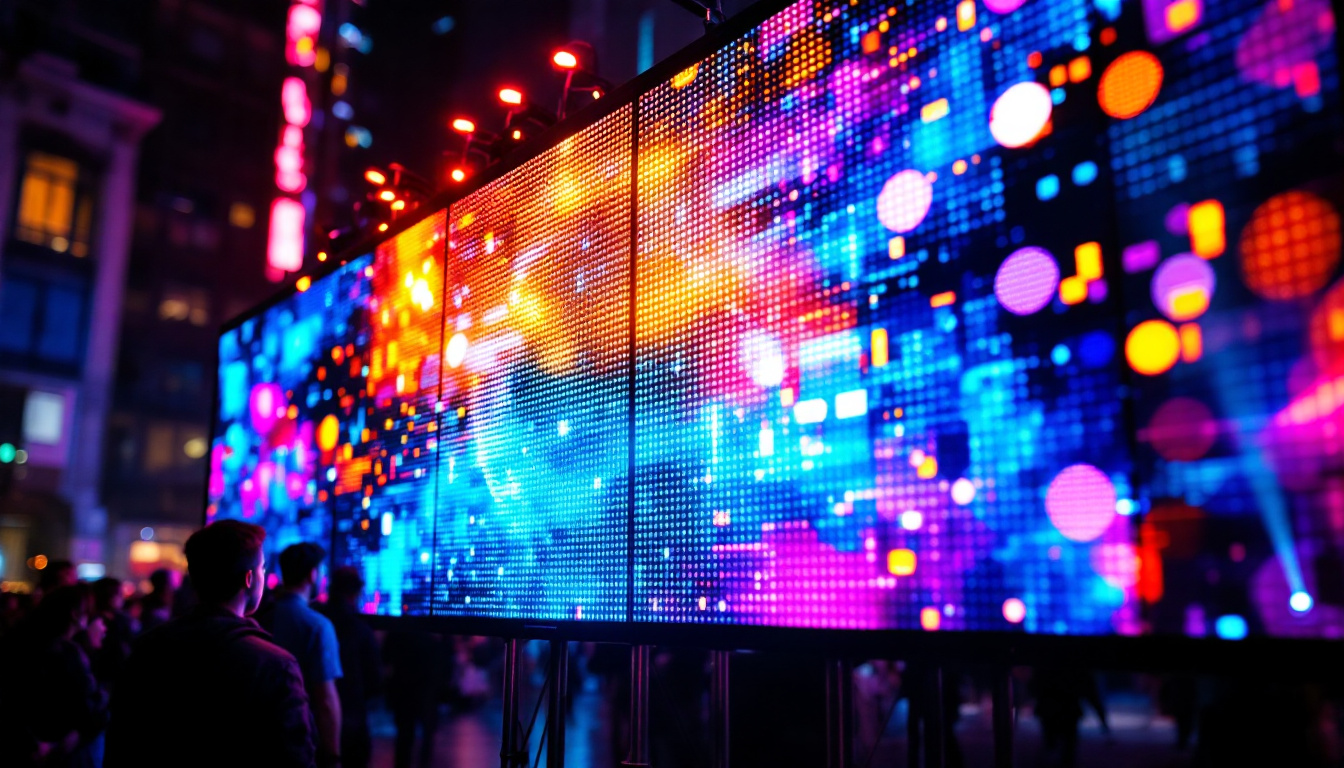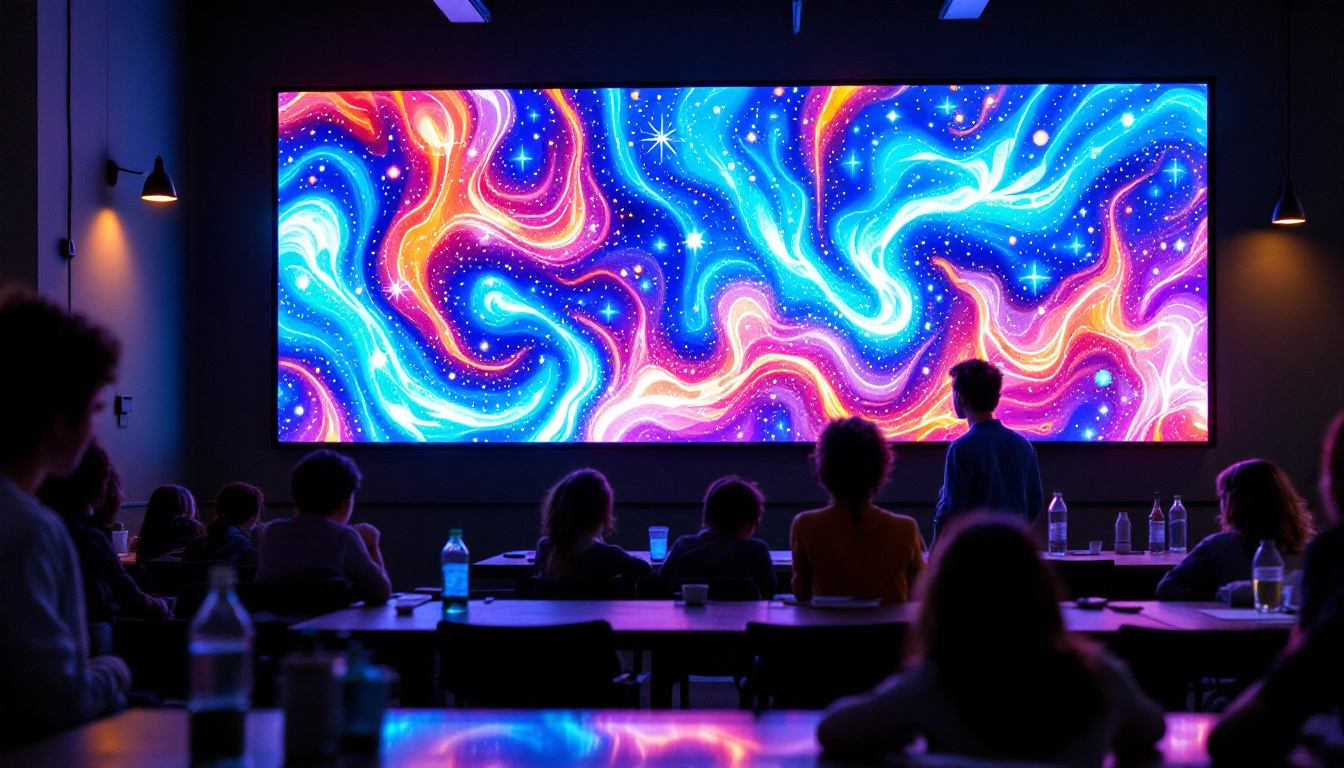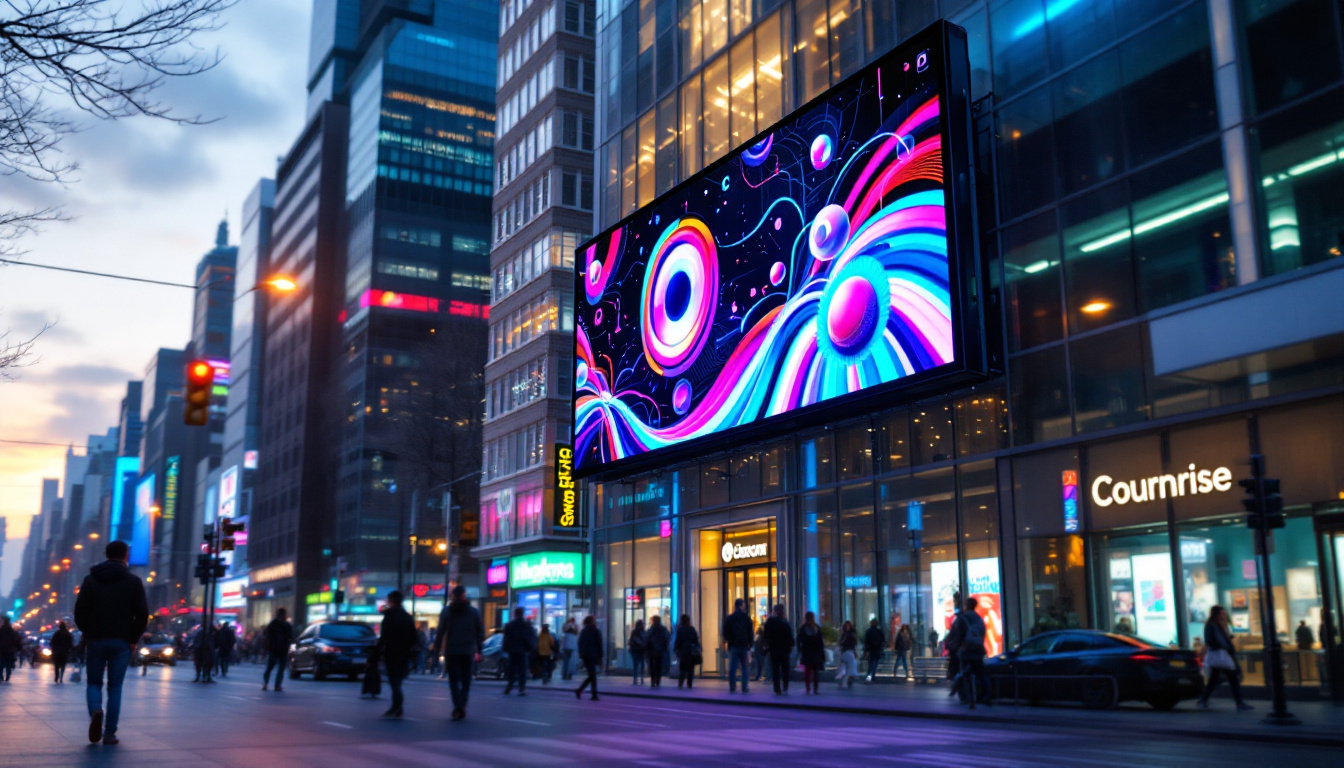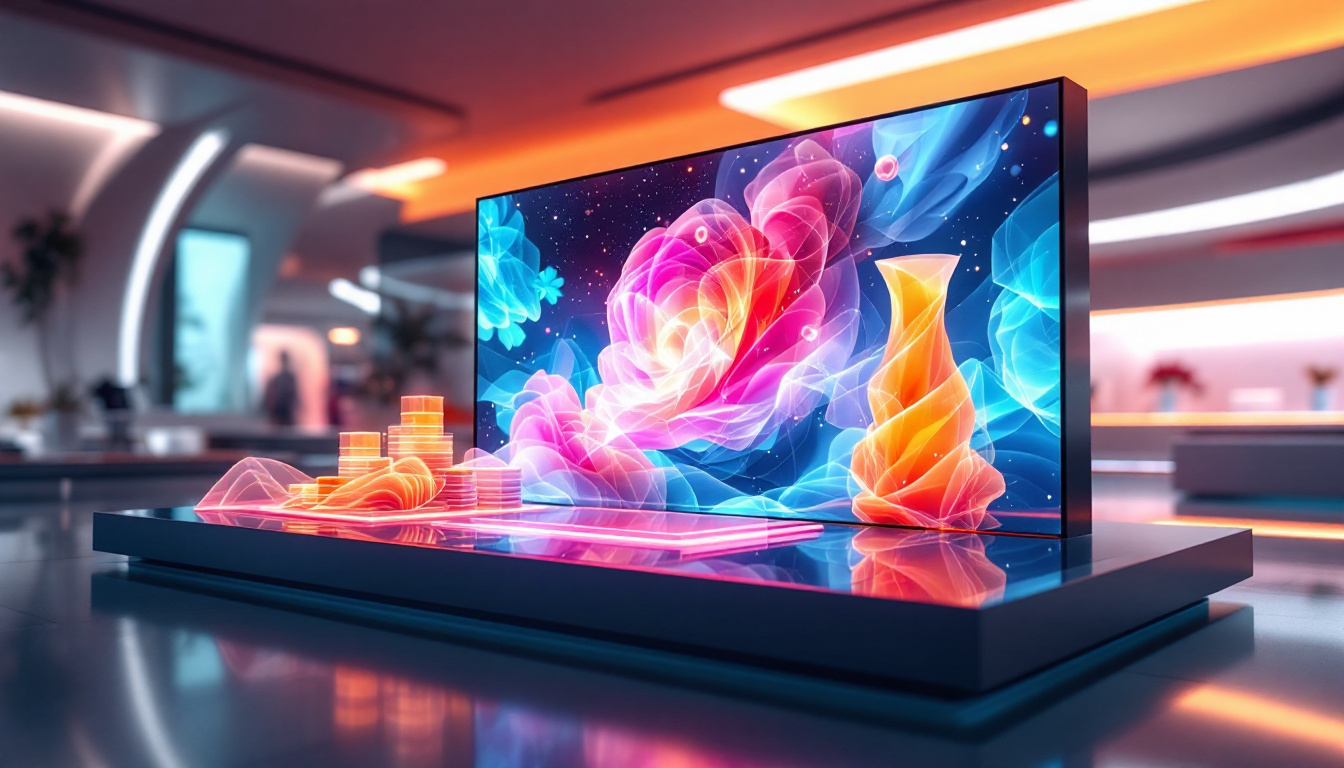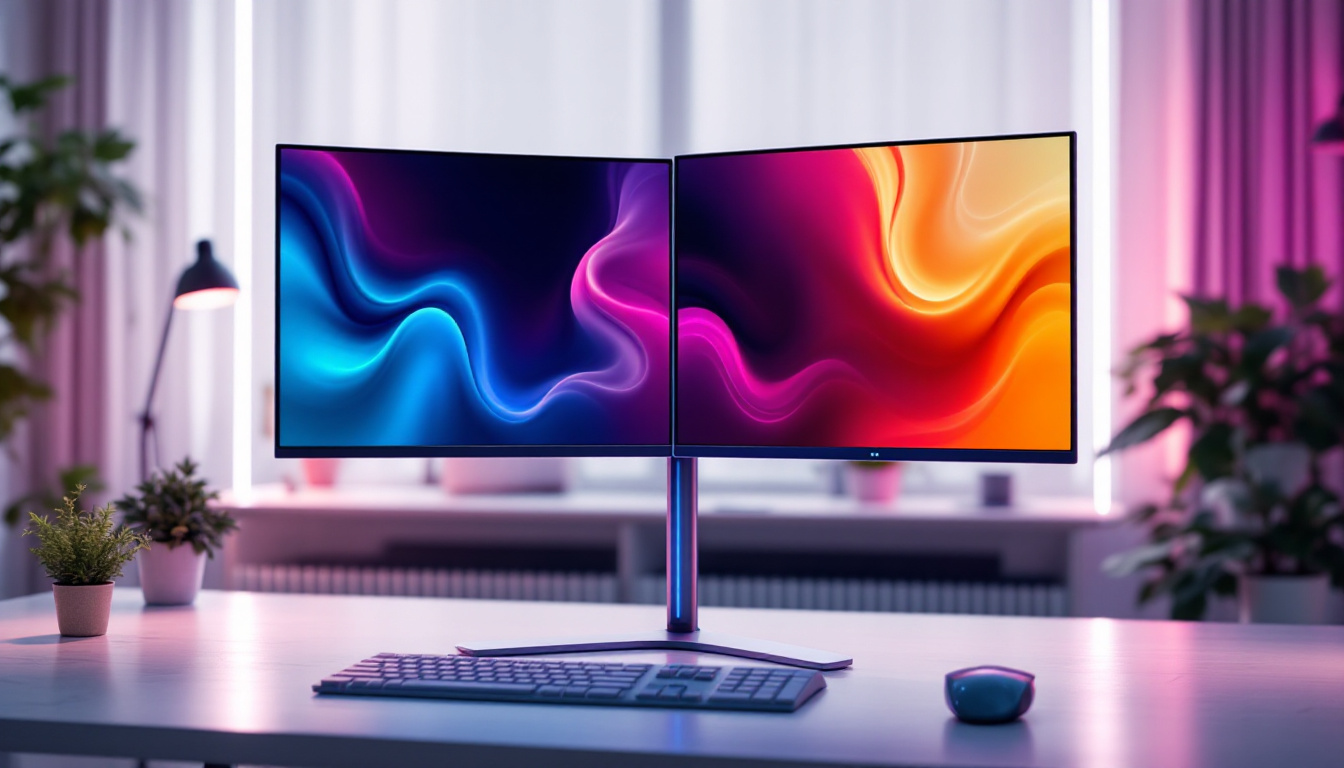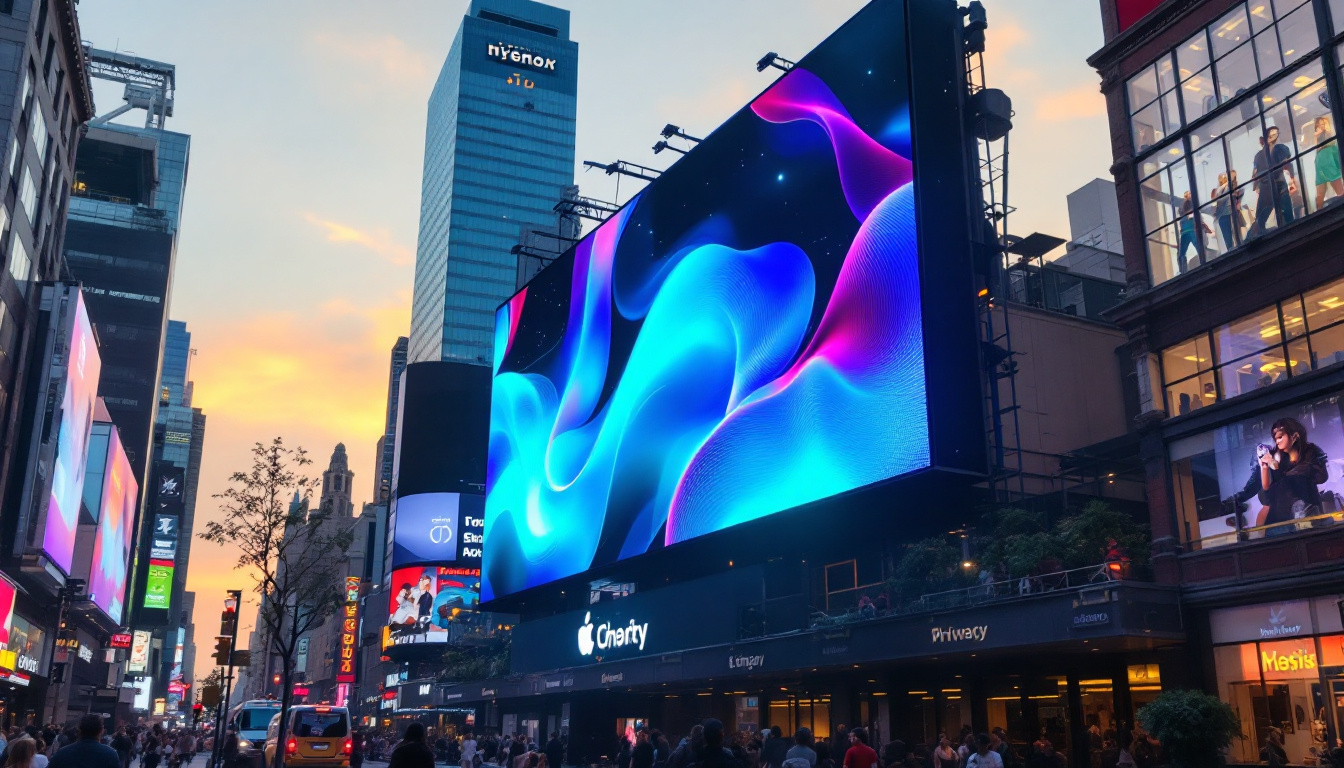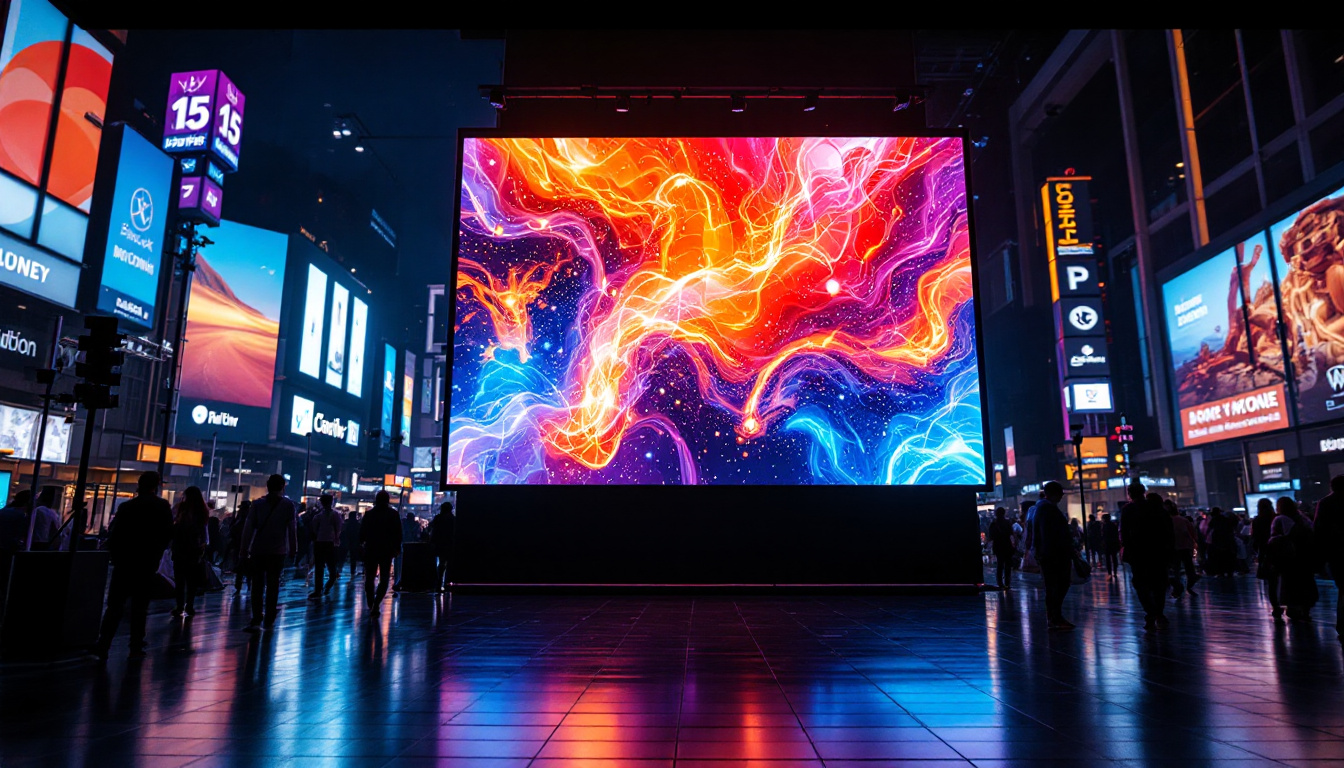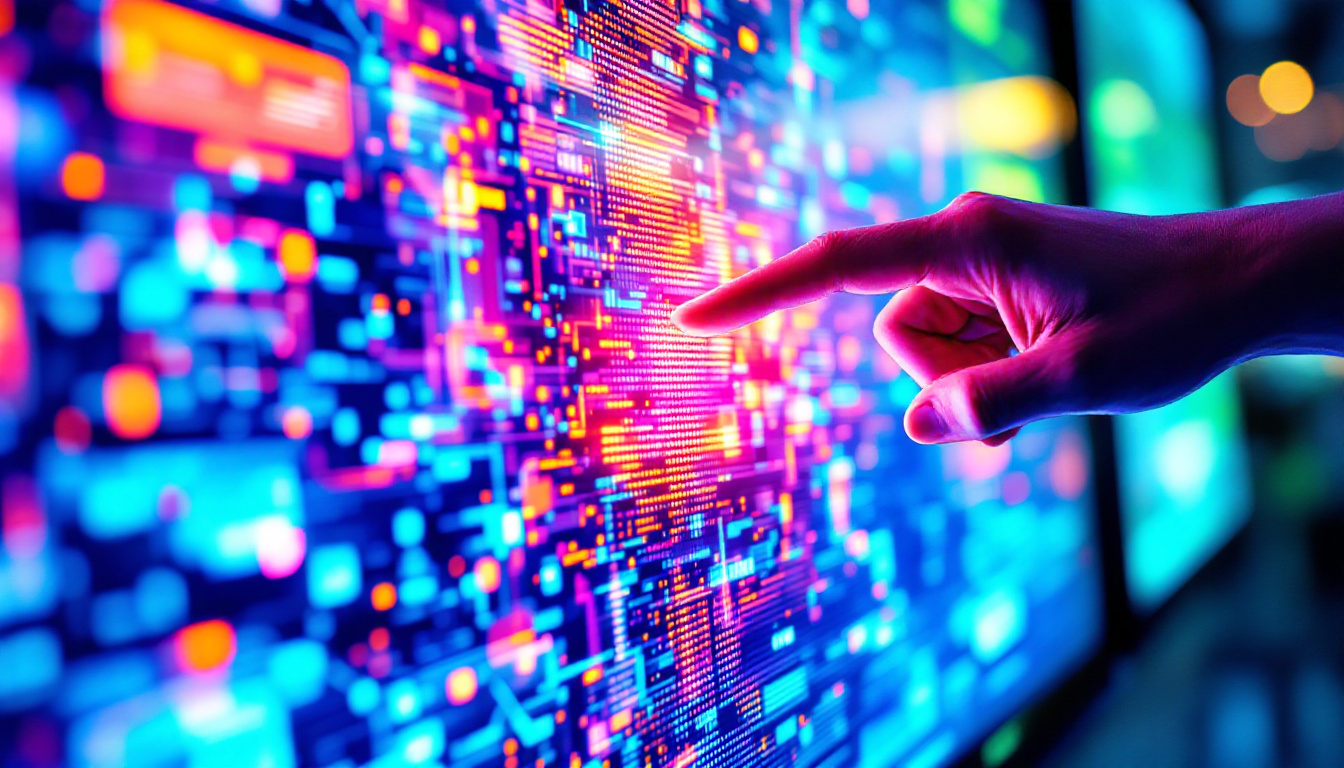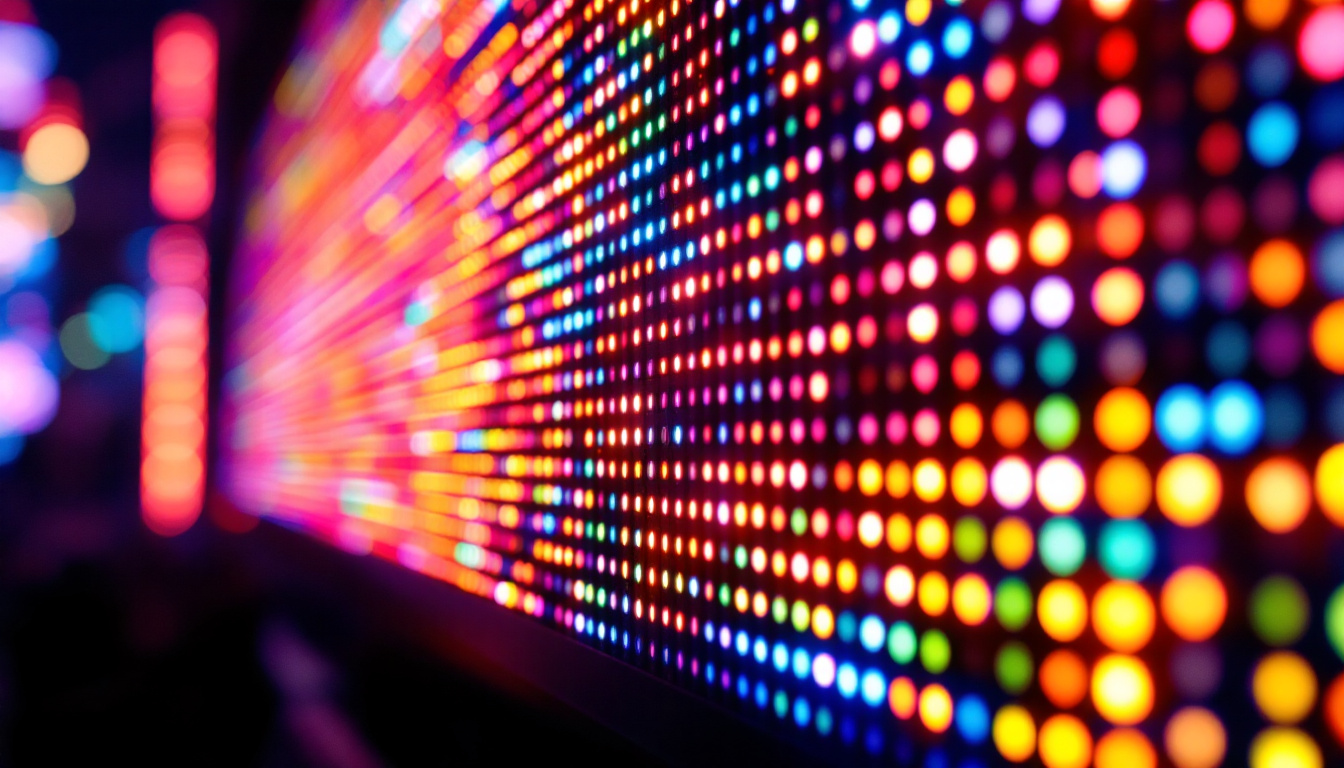In the modern world of visual communication, LED panel boards have emerged as a dominant force in advertising, information dissemination, and entertainment. These displays are not only energy-efficient but also offer vibrant colors and high visibility, making them a preferred choice for businesses and organizations. This article delves into the intricacies of LED panel boards, exploring their components, advantages, applications, and future trends.
What is an LED Panel Board?
An LED panel board is a flat display device that utilizes light-emitting diodes (LEDs) to produce images, videos, or text. These boards can vary in size, shape, and resolution, catering to a wide range of applications from small indoor displays to large outdoor billboards. The technology behind LED panel boards has evolved significantly, leading to improvements in brightness, color accuracy, and energy efficiency. Today, LED panel boards are not only a staple in advertising but also play a crucial role in information dissemination in public spaces, enhancing the way we interact with visual content.
Components of LED Panel Boards
Understanding the components of an LED panel board is essential to appreciate its functionality. The main components include:
- LEDs: The heart of the display, LEDs emit light when an electric current passes through them. They come in various colors and can be combined to create a full spectrum of colors.
- control system: This system manages the content displayed on the board. It can be a simple microcontroller or a more complex computer system that allows for real-time updates.
- Power Supply: LED panels require a stable power source to function effectively. The power supply converts standard electrical current into a form that the LEDs can use.
- Housing: The outer casing protects the internal components from environmental factors, especially for outdoor displays that must withstand weather conditions.
How LED Panel Boards Work
LED panel boards operate on a principle known as additive color mixing. By combining red, green, and blue (RGB) LEDs, a wide range of colors can be produced. Each LED is controlled individually, allowing for precise control over brightness and color. The control system sends signals to the LEDs, determining which ones to light up and to what intensity, creating dynamic visuals that can be easily updated.
For instance, in a typical RGB LED panel, each pixel consists of three tiny LEDs (red, green, and blue). By adjusting the intensity of each LED, the panel can display millions of colors, making it versatile for various content types, from static images to full-motion videos.
Moreover, the advancements in LED technology have led to the development of various types of LED panel boards, including SMD (Surface-Mounted Device) panels, which allow for higher pixel density and better image quality. These panels are particularly popular for indoor applications where close viewing distances are common. Additionally, the integration of smart technology into LED panel boards has enabled features such as remote content management and automated brightness adjustments based on ambient light conditions, enhancing user experience and operational efficiency.
Furthermore, the environmental impact of LED panel boards is noteworthy. Compared to traditional display technologies, LED panels consume significantly less energy and have a longer lifespan, which contributes to reduced waste and lower energy costs over time. This makes them an attractive option for businesses and organizations looking to adopt more sustainable practices while still delivering high-quality visual content.
Advantages of LED Panel Boards
LED panel boards offer numerous advantages that make them an attractive option for businesses and organizations. Some of the key benefits include:
Energy Efficiency
One of the most significant advantages of LED technology is its energy efficiency. Compared to traditional lighting methods, LED panel boards consume significantly less power, leading to lower electricity bills. This efficiency not only benefits the environment but also reduces operational costs for businesses. Furthermore, the reduced energy consumption contributes to a smaller carbon footprint, aligning with the growing trend of sustainability in corporate practices. Many organizations are now prioritizing eco-friendly solutions, and adopting LED technology is a straightforward way to demonstrate a commitment to environmental responsibility.
High Visibility and Brightness
LED displays are known for their exceptional brightness and visibility, even in direct sunlight. This makes them ideal for outdoor advertising and information boards where visibility is crucial. The clarity and vibrancy of colors ensure that messages are communicated effectively, capturing the attention of passersby. Additionally, the adjustable brightness levels of LED panel boards allow for optimal performance in various lighting conditions, making them versatile for both indoor and outdoor settings. Whether used for promotional purposes or as directional signage, the impact of a well-lit LED display can significantly enhance customer engagement and interaction.
Durability and Longevity
LED panel boards are built to last. They are more durable than traditional display technologies, with a lifespan that can exceed 100,000 hours. This longevity reduces the need for frequent replacements, making them a cost-effective investment in the long run. Moreover, LED panels are resistant to shock and vibration, which is particularly beneficial in high-traffic areas or locations prone to environmental stressors. Their robust construction means they can withstand harsh weather conditions, making them suitable for outdoor installations. This durability not only ensures that businesses can maintain a consistent visual presence but also minimizes maintenance costs, allowing resources to be allocated to other critical areas of operation.
Applications of LED Panel Boards
The versatility of LED panel boards allows them to be used in a wide range of applications across various industries. Here are some notable uses:
Advertising and Marketing
LED panel boards have revolutionized the advertising landscape. Businesses utilize these displays to showcase promotions, new products, and brand messages. The ability to update content in real-time enables companies to respond quickly to market changes and engage customers effectively.
Information Dissemination
Many organizations, including schools, airports, and transportation hubs, use LED panel boards to convey important information. These displays can provide real-time updates on schedules, directions, and alerts, ensuring that the public is well-informed.
Entertainment and Events
In the entertainment industry, LED panels are commonly used for concerts, sporting events, and festivals. They enhance the visual experience by displaying vibrant graphics and videos, contributing to the overall atmosphere of the event.
Future Trends in LED Panel Technology
The LED panel industry is continuously evolving, with advancements in technology paving the way for new possibilities. Here are some trends to watch:
Smart LED Displays
As smart technology continues to permeate various aspects of life, LED panel boards are also becoming smarter. Integration with IoT (Internet of Things) allows for more interactive displays that can respond to environmental factors or user input. This technology can enhance customer engagement and provide personalized experiences.
Flexible and Transparent Displays
Innovations in materials and manufacturing processes have led to the development of flexible and transparent LED displays. These types of displays can be used in unique applications, such as curved surfaces or windows, offering new opportunities for creative advertising and design.
Improved Color Accuracy and Resolution
As technology advances, the color accuracy and resolution of LED displays are also improving. Higher pixel densities and better color reproduction will enable even more detailed and vibrant visuals, making them suitable for a wider range of applications, including high-end retail and art installations.
Choosing the Right LED Panel Board
When selecting an LED panel board, several factors should be considered to ensure the right choice for specific needs:
Purpose and Location
The intended use of the LED panel board plays a crucial role in the selection process. For outdoor advertising, a high-brightness display is essential, while indoor applications may prioritize resolution and color accuracy. Additionally, the location will determine the size and mounting options needed.
Resolution and Pixel Pitch
Resolution is a key factor in determining the quality of the display. Pixel pitch, which refers to the distance between the centers of two adjacent pixels, directly impacts the display’s clarity. A smaller pixel pitch results in higher resolution and is ideal for close viewing distances, while a larger pixel pitch may suffice for larger, more distant displays.
Budget Considerations
Budget constraints are always a factor when investing in technology. LED panel boards come in a range of prices, influenced by factors such as size, resolution, and features. It is essential to balance the desired specifications with available resources to make a sound investment.
Maintenance and Care for LED Panel Boards
Proper maintenance is crucial for ensuring the longevity and optimal performance of LED panel boards. Here are some essential tips:
Regular Cleaning
Dust and debris can accumulate on the surface of LED displays, affecting visibility and performance. Regular cleaning with appropriate materials is necessary to maintain clarity. It’s advisable to use a soft cloth and non-abrasive cleaners to avoid damaging the screen.
Software Updates
Keeping the control software up to date is vital for optimal performance. Manufacturers often release updates that enhance functionality or address security vulnerabilities. Regularly checking for updates ensures that the display operates efficiently and securely.
Professional Inspections
Conducting periodic professional inspections can help identify potential issues before they become significant problems. Technicians can assess the display’s performance, check for any hardware malfunctions, and provide recommendations for maintenance.
Conclusion
LED panel boards have transformed the way information is communicated, offering vibrant visuals and energy efficiency. Their applications span various industries, from advertising to entertainment, making them a versatile tool for engaging audiences. As technology continues to advance, the future of LED displays looks promising, with innovations that will further enhance their capabilities.
By understanding the components, advantages, and maintenance of LED panel boards, businesses and organizations can make informed decisions that maximize their investment. Whether for marketing, information dissemination, or entertainment, LED panel boards are poised to remain at the forefront of visual communication technology.
Discover LumenMatrix LED Display Solutions
Ready to elevate your visual communication with the latest in LED technology? LumenMatrix is at the forefront of innovation, offering a diverse range of LED display modules tailored to your needs. From Indoor and Outdoor LED Walls to specialized solutions like Vehicle Displays, Sports Displays, and even Custom LED configurations, we have the tools to bring your brand to life. Experience the power of vibrant visuals and dynamic engagement with our cutting-edge displays. Check out LumenMatrix LED Display Solutions today and transform your message into an unforgettable visual experience.




